Every country carries its own heritage and craft treasures over a period of time. Let's explore Japan’s prominent textile and clothing craft practices in brief descriptions and beautiful images.
The following practices encompass weaving, dyeing, and patchwork techniques, each with unique characteristics and regional origins :
1. Nishijin-ori (西陣織): A silk brocade weaving technique originating from the Nishijin district of Kyoto, known for its use of intricate patterns and gold or gilt paper.
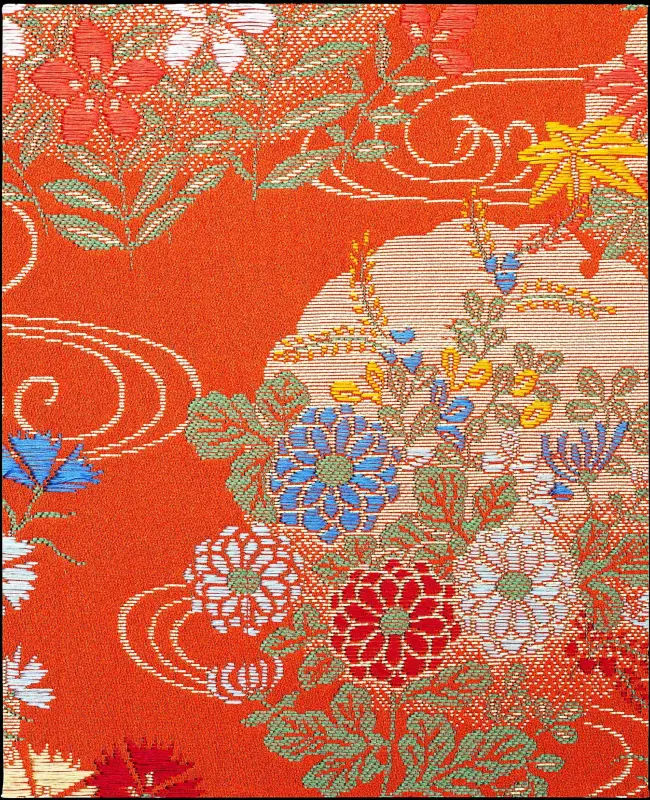 (Photo courtesy: Nishijin Textile Industry Association)
(Photo courtesy: Nishijin Textile Industry Association)
2. Yūki-tsumugi (結城紬): A hand-spun, handwoven silk fabric from Yūki, Ibaraki prefecture, characterized by its softness and durability.
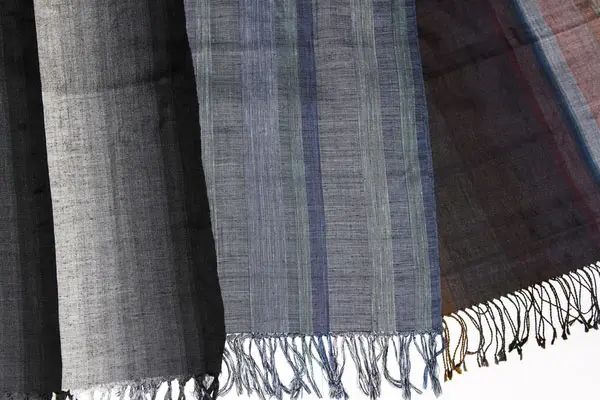 Photo:Ibaraki-Prefectural Tourism & Local Products Association
Photo:Ibaraki-Prefectural Tourism & Local Products Association
3. Kumejima-tsumugi (久米島紬): Another tsumugi textile, this one from Kumejima, Okinawa, featuring a distinctive, naturally dyed color palette and unique weaving patterns.
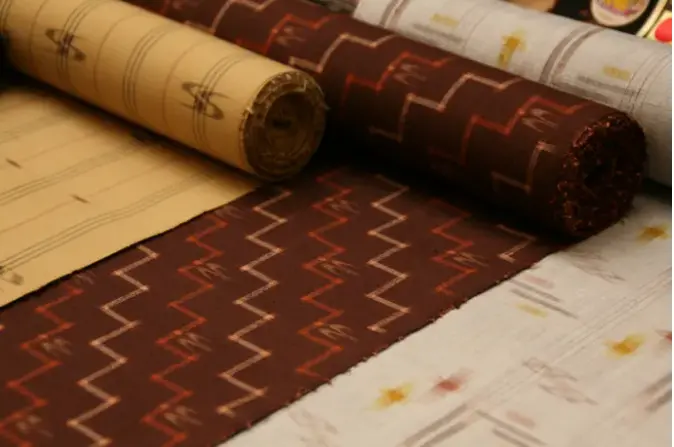 Photo: www.japan.travel
Photo: www.japan.travel
4. Kaga-Yūzen (加賀友禅): A dyeing technique from Kaga (Ishikawa prefecture) that uses a variety of vibrant colors, often featuring floral and nature-inspired designs.
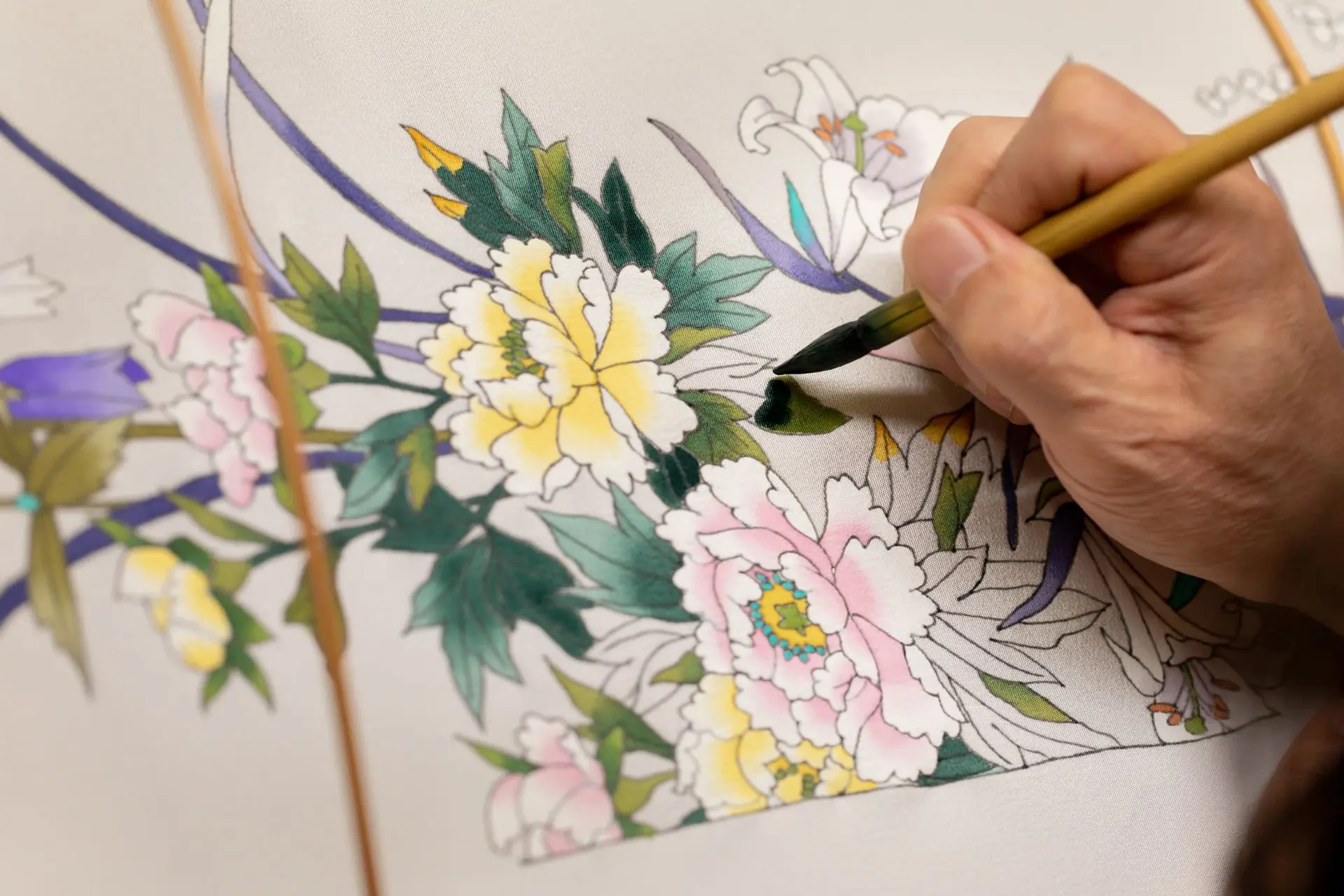 Photo: www.ishikawatravel.jp
Photo: www.ishikawatravel.jp
5. Kyō-Yūzen (京友禅): A Yūzen dyeing technique originating from Kyoto, known for its detailed and elaborate designs, often used for kimonos.
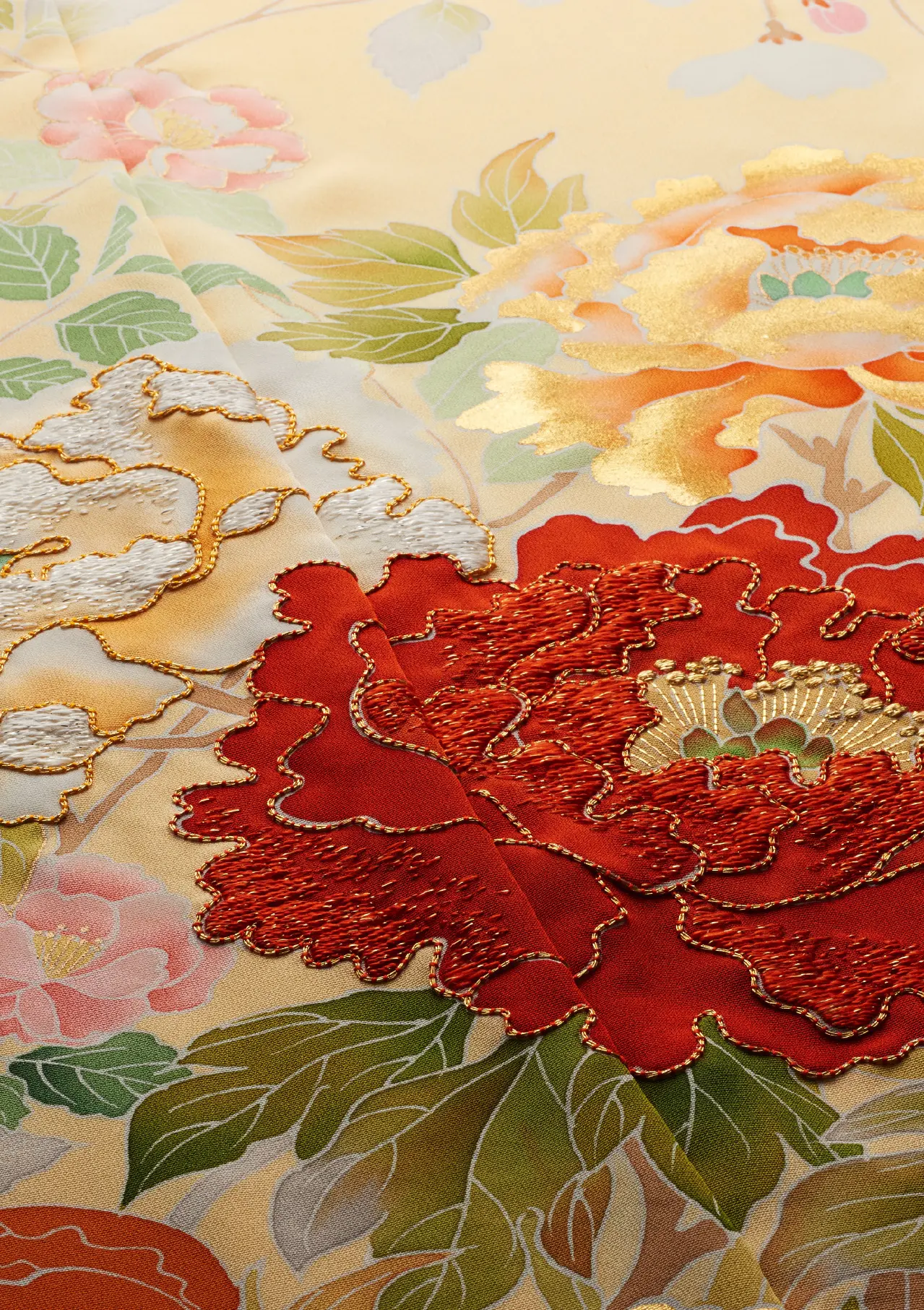
Photo: www.kyotoartistry.com
6. Bingata (紅型): A stencil-dyeing technique from the Ryukyu Islands (Okinawa), recognized for its bold colors and striking patterns, typically used for traditional Okinawan clothing.

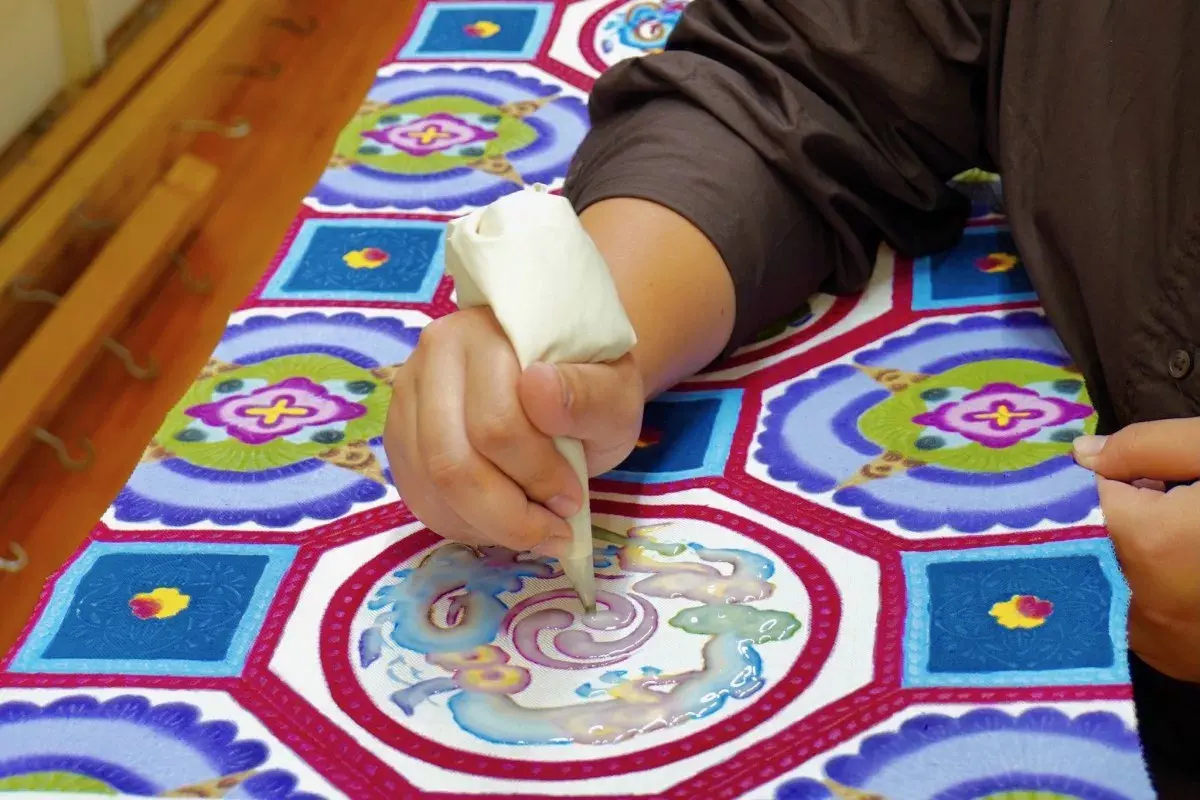 Photos: visitokinawajapan.com
Photos: visitokinawajapan.com
7. Katazome (型染め): A resist dyeing method using stencils to create patterns, often applied to fabrics used for various clothing items and household goods.
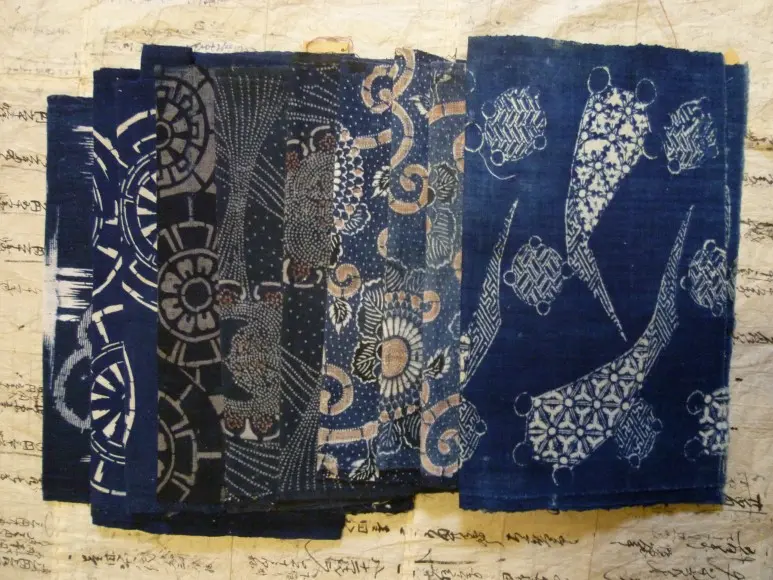 Photo: www.demischdanant.com
Photo: www.demischdanant.com
8. Boro (ぼろ): A patchwork and mending technique used to repair worn-out clothing and bedding, resulting in unique, textured textiles with a rich history of resourcefulness.
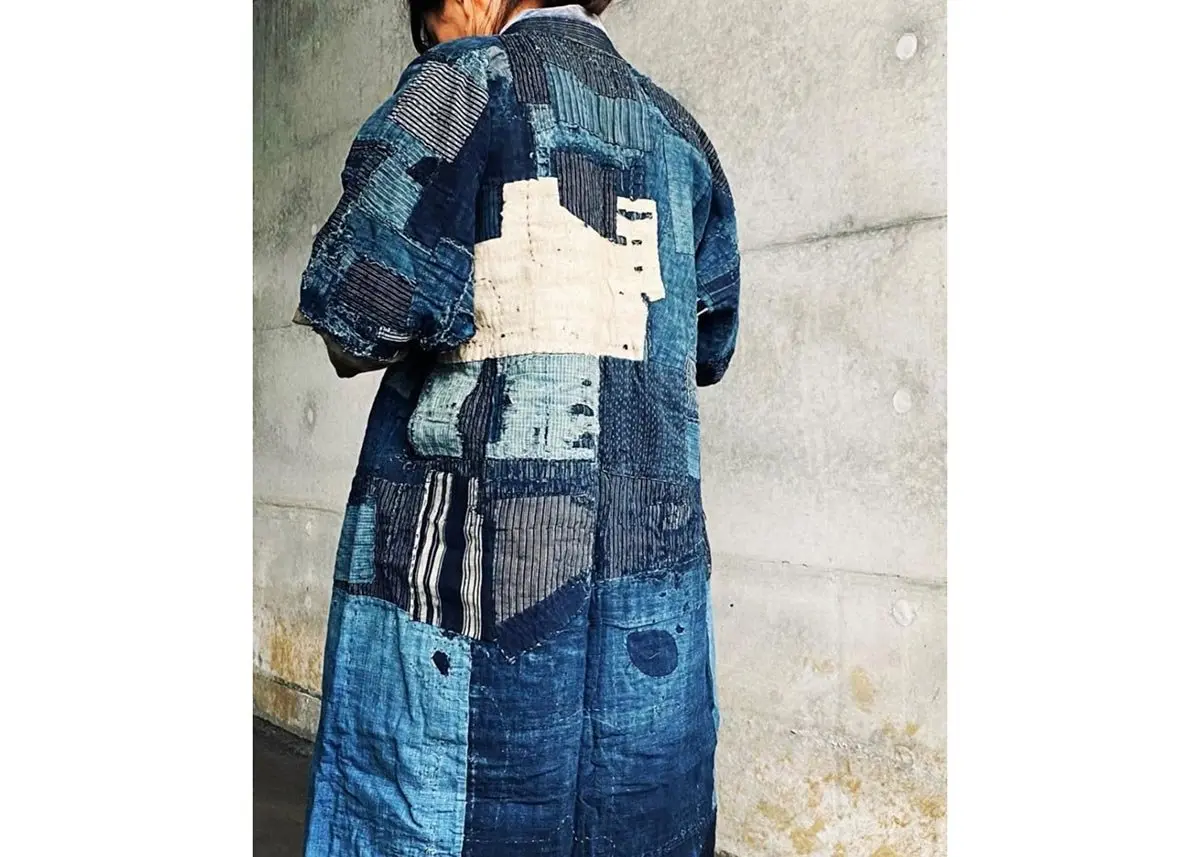 Photo: japanobjects.com
Photo: japanobjects.com
Thank you for your reading. Love Japanese fashion? Check out these kimono jackets from Asian in Me.